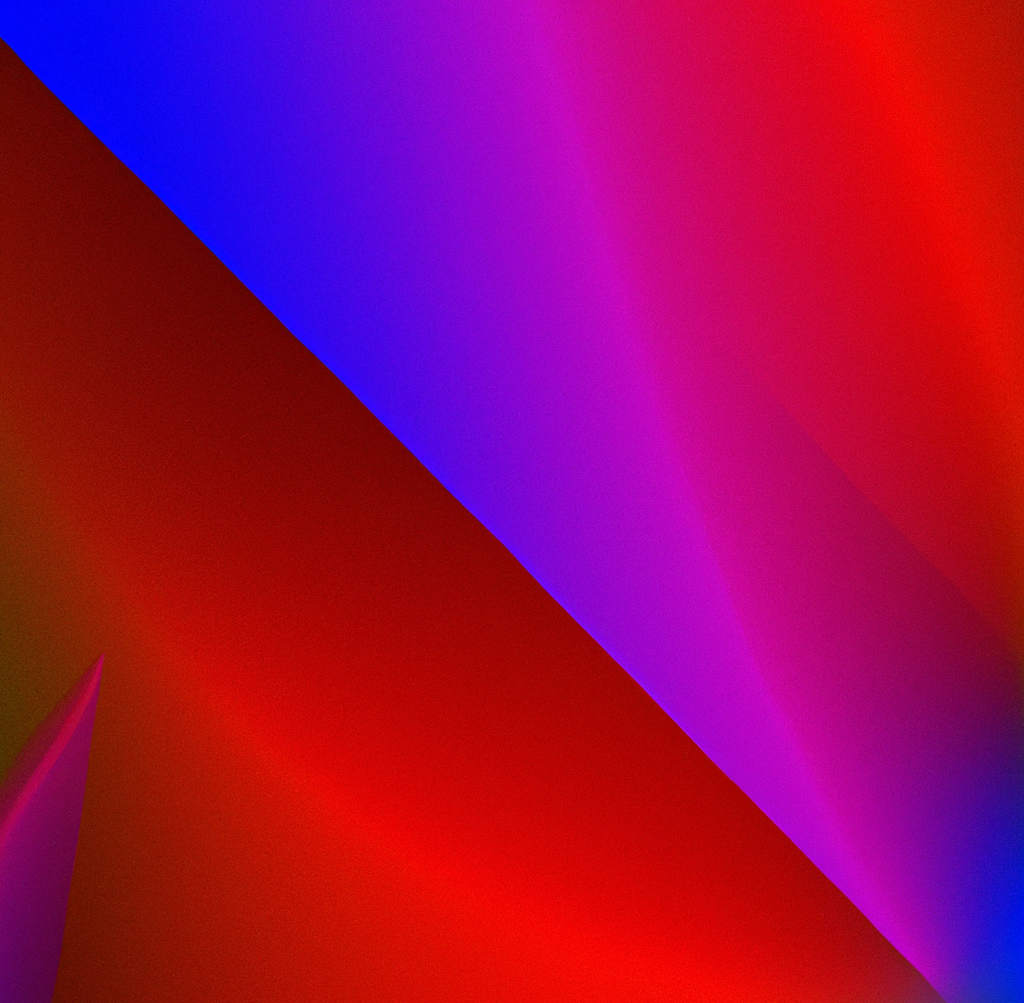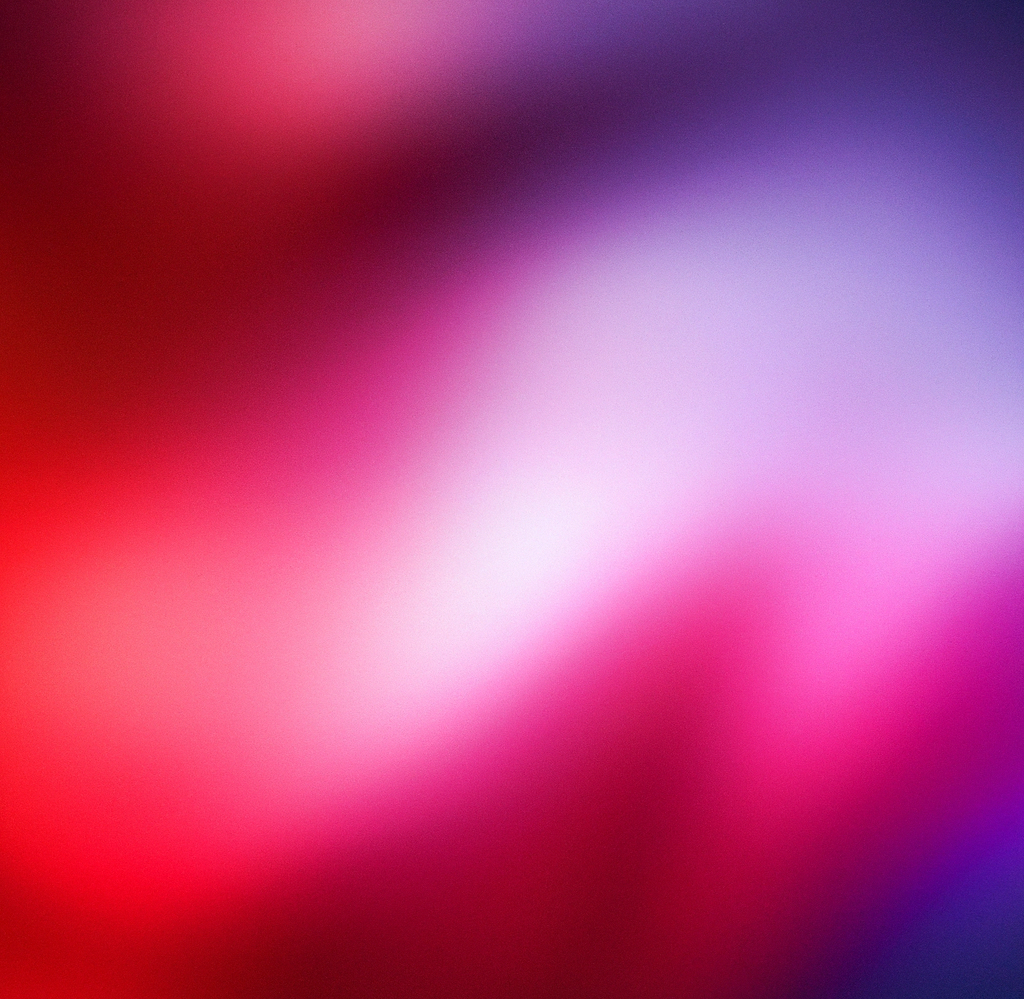EVERYTHING ABOUT LED LIGHT BULBS

Confused about light bulbs? Here are are some answers
Green Faith Committee member and IUCC resident expert on light bulbs Alex Ingal has answers to all your LED light bulb questions. Here's what he wants everyone to know.
Hello everyone! Did you remember to celebrate Earth Day? Forgot? Well at least you are using LEDs to light up your house, but have you noticed that your rooms are dimmer? It is not your imagination but the facts of LED bulbs.
Many of us have been raised using incandescent bulbs and only switched to LED bulbs in the last 20 years. Yet most of us don’t understand a thing on the box when we buy them. There are so many choices today, so which one is best for you? Well after reading this lightbulb guide, you will be a pro!
50 Shades of White
Ok, so many there are not that many shades but you probably have heard of the term warm light, cool light, daylight, 2700K, 3000K, etc. So here is what all that means. First off, forget the term warm/cool light. All that is interpretive to the company designing the bulb. The ‘K’ value is where it is at.
Maybe you have seen this spectrum but when you get home, the bulb doesn’t ‘feel’ the way you want. So let’s break this down better. The 2700K is the most common temperature as it is the same shade of white as the old, cheap, 60W incandescent bulbs. If you used the 100W bulbs, chances are you were using 3000K temperature. Like the brightness of the light at work? Get the 4000K. Own an operating table? Try 6000K.
Ok, so maybe that is not useful. So think of the room you are putting the bulb in. For rooms that will not see the ‘light of day’ use 2700 to 3000K. Places best fit for this bulb is closets, and bedside or reading lamps. Rooms used both day and night, use 4000K, like the living room or kitchen. Daylight (5000K) looks fake to nearly everyone but I personally love daylight but Jon doesn’t. So it is user preference.

How bright is too bright?
So, I am sure everyone has bought a light that says equivalent to 60W incandescent, and then bought a different brand a month later and the bulbs are significantly different in brightness. So just like with the shade of white, LEDs have a different way to look at brightness and it isn’t Watts.
Lumens! This is the number you want to look for. A general rule of thumb is 1000 lumens. Above 1000 is bright, below 1000 is not. Done! (Kidding). There is way more to think about than the 1000 lumens rule.
60W incandescent bulbs typically glowed between 800 and 900lm (lumens). Companies typically say 800lms is the replacement for 60W bulbs but personally, I have found them dimmer and found the 900lm (slightly more expensive) to be closer to the mark. Use the chart seen to help decide what lumen is right for you!
Have you already bought LED bulbs greater than 800lms? Why are your rooms currently dim? This is due to how LED bulbs age. They don’t typically just ‘burn out’ unless the bulb is defective (most bulbs have warranties of some sort if you care). LED bulbs dim over time, and when I say over time, I mean quite quickly actually.
The chart shows the brightness of an LED bulb rated for 50,000 hours. If you buy an 800lm bulb, thinking it is a 60W replacement, in 50,000 hours, your bulb will be 560lm or less than a 40W equivalent. 50,000 hours sounds like a lot and the box will tell you it will last over 50 years (3hrs a day). But let’s face it, we use light more than that. At 12hrs a day, it would last about 12.5 years before it reaches 560lm. 12 years doesn’t sound bad if you are ok with significantly dimmer rooms.
Instead of looking at the 70% mark, you should focus on the 90% mark and that is where the graph comes into play. Once a light bulb dims more than 90% other people will start to notice (you probably won't if you use the lights every day). Looking at the math, 90% of 800 is 720lm. This isn’t too bad but still dimmer than an incandescent light bulb. Looking at the graph, 90% mark for a 50,000 hour bulb happens to be around 20,000 hours. This is 2.5 times sooner than the 70% mark, which the box will advertise.
Most of us don’t buy the 50,000-hour bulb but instead save some money and buy the 25,000 hour bulb. Assuming that the 90% mark happens 2.5 times sooner than the 70%, in less than 3 years, your lights will be noticeably dimmer. Using Excel, I made a chart to convert how many years they say it will last to how many years it realistically lasts. The math conveniently turns out to be 1/10th of their rated time. So if it says 50 years, then replace it after 5 years to stay above 90% brightness.
All of this is based off ideal situations. Your house is far from an ideal lab setting so it is completely possible for all the lights to dim sooner than expected. So what is my suggestion? Be economical! If you want a 900lm bulb, go buy the 1000lm instead. After 1 to 3 years, it will drop down to the 900lm and then 2 to 6 years, it will drop down to under 800lm. After a few weeks or months of the brighter light, you will get use to it.

Lamps and LEDs
So, go to your lamp. Turn it on and look at your ceiling. If most of the light is sitting there, you have the wrong light bulb for your lamp. Incandescent bulbs were considered omnidirectional to at least 330 degrees. Basic LEDs have an angle direction of roughly 60 degrees (that is only 30 degrees from the center). This means your standard LED light bulb is only providing you with ambient light and your ceiling with direct light. So what can be done? Just buy an omnidirectional light. Done! Well not quite. Any bulb that has an angle greater than 180 degrees is omnidirectional. So which should you get for your lamp?
Rule of thumb is 210 degree angle or more for table lamps and at least 270 or more for tall lamps. The ideally, get lamps that don’t face up but out. So beyond lamps, you should get 180 degree beam angle for ceiling lights and you only need 120 degrees for recessed lights. Never buy below 120 degrees or you won’t be happy.
Putting it all together
So where do you find all this information on the packaging? Well, they list it like the food labels you don’t read. So let’s look at the first box I found on Amazon and interpret what you would be getting.
Looking at the first image from Great Eagle via Amazon, 25,000 hours life, replaces 60W, Daylight! Sounds amazing! Well of course it does! It is just like seeing fat free on the front of your butter. But does that really make it good? Well let’s look at the second label.
830 lumens. This means this bulb is not as bright as a 60W bulb would be. 22.8 years based off 3 hours a day. Looking back, in about 3 years, this bulb will be dimmer than a 40W incandescent bulb. Speaking of 3 years, the bulb has a 3-year warranty. Huh, it is as if they know the bulb will be much dimmer past 3 years.
Back to the first image. 220 beam angle. Remember, 210 is the minimum I suggest for a lamp so this will technically work for a lamp, but this is a bit excessive for a ceiling light. Then this is the daylight (5000K) model so it isn’t recommended for a lamp, unless your favorite reading spot at night time is in the sun (try to figure out how that would work).
This is a good, solid light bulb for those trying to be economical, but it isn’t a quality bulb. Remember, I just picked a light bulb at random and am in no way trying to recommend one bulb over another but just showing how to determine if the bulb is right for you.
Did you find this interesting? Well, read further for extra tidbits that should affect your shopping plans but are just extra useful information.

Learn even more!
So, your typical light bulb is called an A19 base bulb. So if you are trying to find a very specific bulb, look at your old bulb for some weird codes. Chances are it will match one of the types found at this website.
https://www.bulbs.com/learning/basechart.aspx
https://www.bulbs.com/learning/shapesandsizes.aspx
So when searching for a very specific light, for example, the light in my fridge, I had to look for a G11 style light (you can find it on the list at the link with visuals).
Do you have a location that keeps burning out LED lights? Well chances are, it doesn’t have good air flow. Old incandescent bulbs used a massive heat sink (the end that screws in). Unfortunately, LEDs need different parts of the bulb cooled so they rely on the ambient air. LED can be designed to be recessed, but a recessed LED wont last as long as it should if there is a cover over the light to hide the light bulb. Unless you plan to refurbish your house, there is nothing you can do except use cheaper bulbs since you know they are going to burn out anyways.
Have you seen a CRI index on the box of the bulbs you are buying? Well LEDs don’t always have all the colors of the human spectrum. If a color is missing, you cant see it and your brain will assign it a color close enough. This number is between 0 and 100. Cheap bulbs are at 60, decent bulbs are at 80 and anything above 90 is excessive unless you paint or do something else that requires all the colors of the human spectrum (note, incandescent bulbs had a CRI between 95-100 while office lights are typically around 90).
I hope you are now an expert at LED light bulbs, and when you go out to buy your next bulbs, you will be able to determine which bulb is best for you!
-Alex Ingal
Reference:
BC Hydro. (2017, December 1). Why some LEDs last longer than others. Retrieved from https://www.bchydro.com/news/conservation/2017/led-longevity.html
Foster, A. (2015, December 11). Kambo Blog: Lighting Lumen Lifespan. Retrieved from https://www.kambo.com/lacklustre-lumens-how-lighting-technology-influences-light-levels-over-time/
Great Eagle (Amazon). (n.d.). Great Eagle A19 LED Light Bulb, 9W (60W Equivalent), UL Listed, 5000K (Daylight), 830 Lumens, Non-dimmable, Standard Replacement (4 Pack). Retrieved from https://www.amazon.com/Great-Eagle-Equivalent-Non-dimmable-Replacement/dp/B07QKN3SFN/
HomeDepot. (n.d.). Types of LED Lights. Retrieved from https://www.homedepot.com/c/ab/types-of-led-lights/9ba683603be9fa5395fab9011a91d53
OrascOptic. (2019, July 22). Orascoptic's Latest Innovation: TruColor™ Technology. Retrieved from https://www.orascoptic.com/about/news/20200410/797/orascoptics-latest-innovation-trucolor-technology
RapidTables. (n.d.). Lumens to watts calculator. Retrieved from https://www.rapidtables.com/calc/light/lumen-to-watt-calculator.html
Ruian Hongjin Light Co. (n.d.). Led lights beam angle. Retrieved from https://www.chinaledlightfactory.com/new/led-light-bar-led-work-light-beam-angle.html








